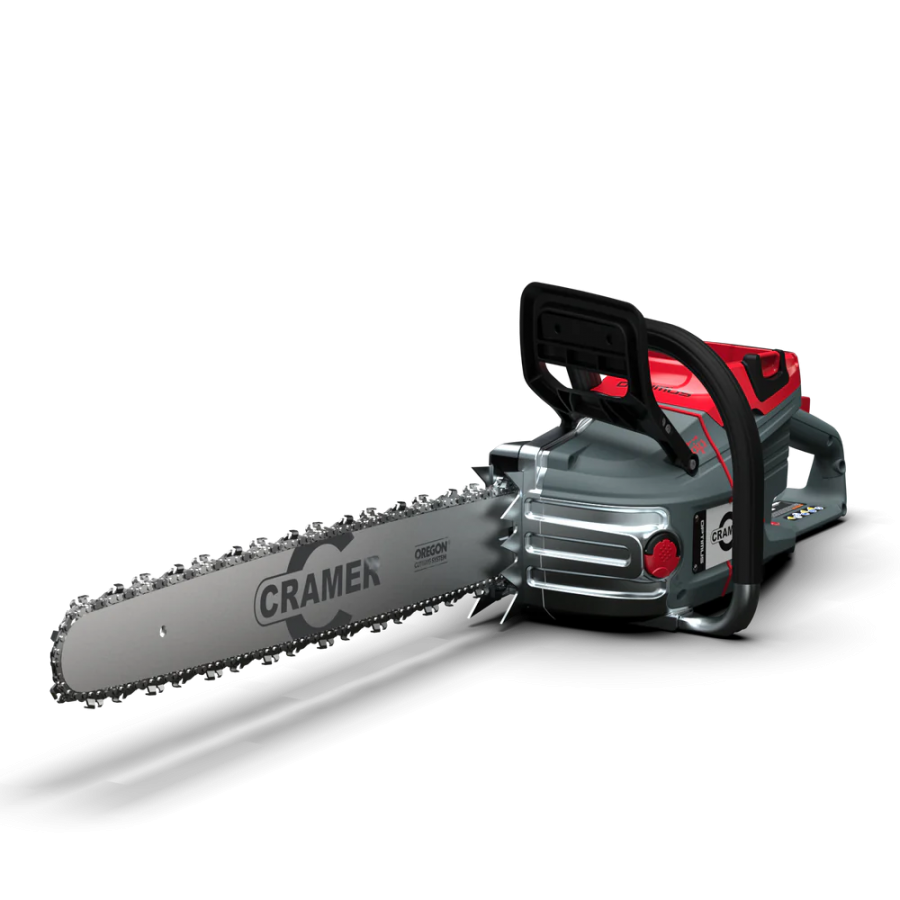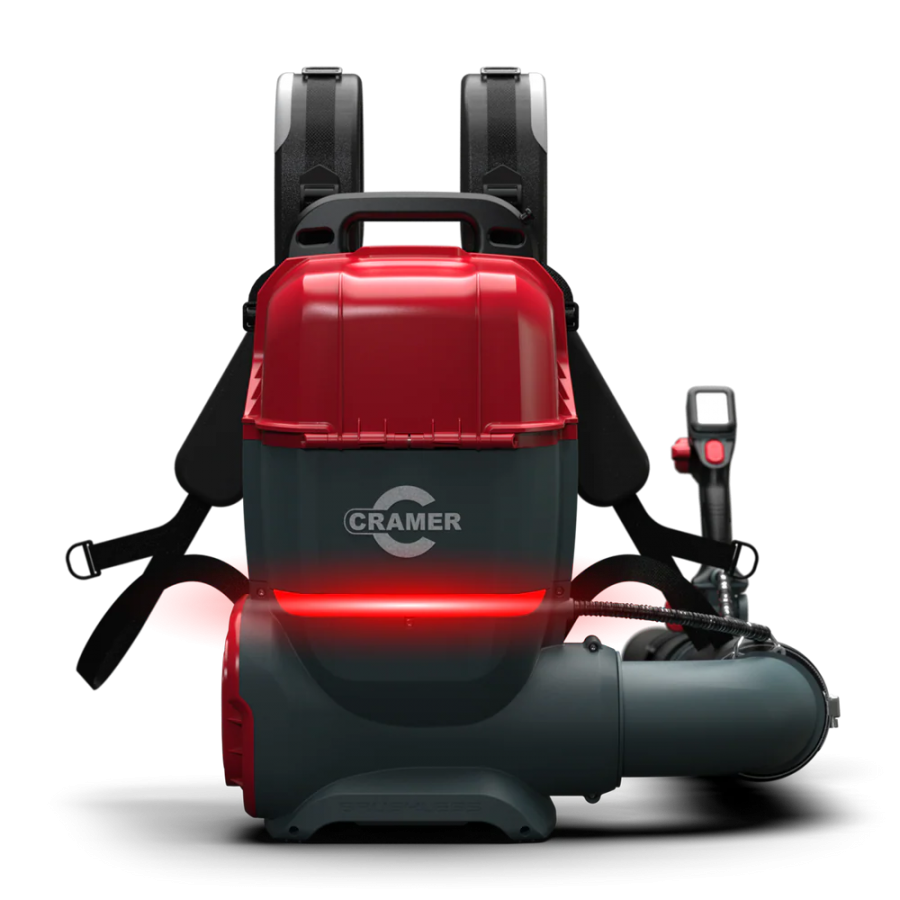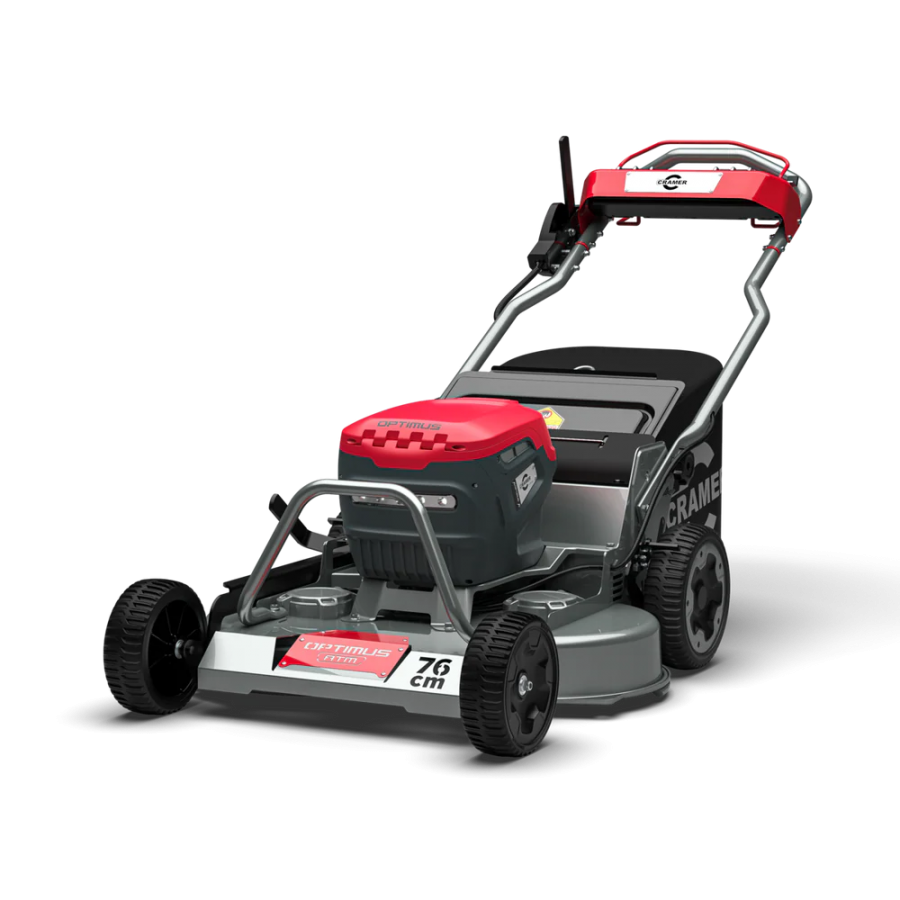
Love it or loathe it, moss is here to stay, with some gardening experts singing the praises of a muchmaligned, almost demonised plant.
Climate change and warmer, wetter winters have signalled boom times for moss as it breaks new ground across a myriad surfaces, some well clear of human footfall, others on well-trodden walkways.
On health and safety grounds alone, intervention to control moss on publicly accessible areas is critical, given today’s litigious society.
Landscape contractor Wild Ground applies moss control measures on sites as diverse as golf courses, sportsgrounds, amenity areas and car parks.
"My Cooper Pegler knapsack sprayers are my main line of attack,” notes Richard Parkinson, “but larger affected areas may merit mechanical brushes initially. Moss loves those small, narrow, damp patches where the sun seldom shines. Shade under trees encourages growth, and fences can create microclimates that favour flourishing growth.”
The problem with moss, as we all know, is that it keeps coming back, as Richard explains. “Rougher surfaces such as Tarmac present ideal conditions, because the plant takes hold in the interstitial spaces of the material. Brushing moss away mechanically may only prove a temporary solution, leaving spores free to proliferate more.”
Moss-affected roofs also present issues. “Clumps falling off tiling gains purchase around building perimeters, creating colonies difficult to access,” he adds.
“The wet autumn and winter this year has given moss a head start on us,” he continues, “so by March I’m really keen to mount an assault on heavily affected areas. But there are a few factors to consider before stepping out. If spraying, choose dry, calm days, to reduce risk of spray drift and treatment liquids running away to drain.
“Protecting the environment is a major priority and operators need to be both competent to spray [PA1 and PA6] and aware of best practice to avoid polluting greywater, surface runoffs, ponds and lakes.”
Operators working near water are required to have aquatic approval and gain site consent. Depending on their proximity to watercourses, they would also be required to hold their PA6AW
“As best practice, I try to maintain moss-prone hard surfaces regularly, perhaps starting with a liquid application then brushing to limit the likelihood of moss gaining a foothold again,” he adds, before advising operators to wear a good respiratory mask to prevent inhaling vapour, and getting suited and booted for optimum protection.”







